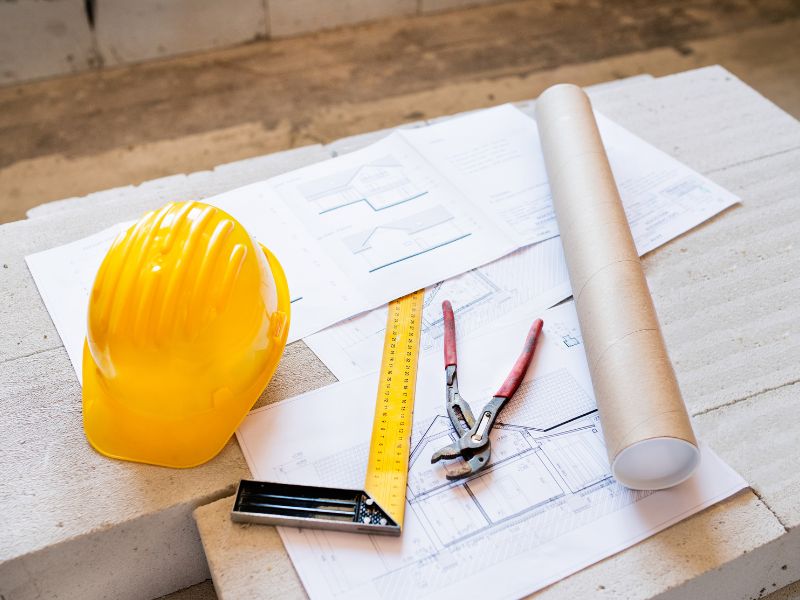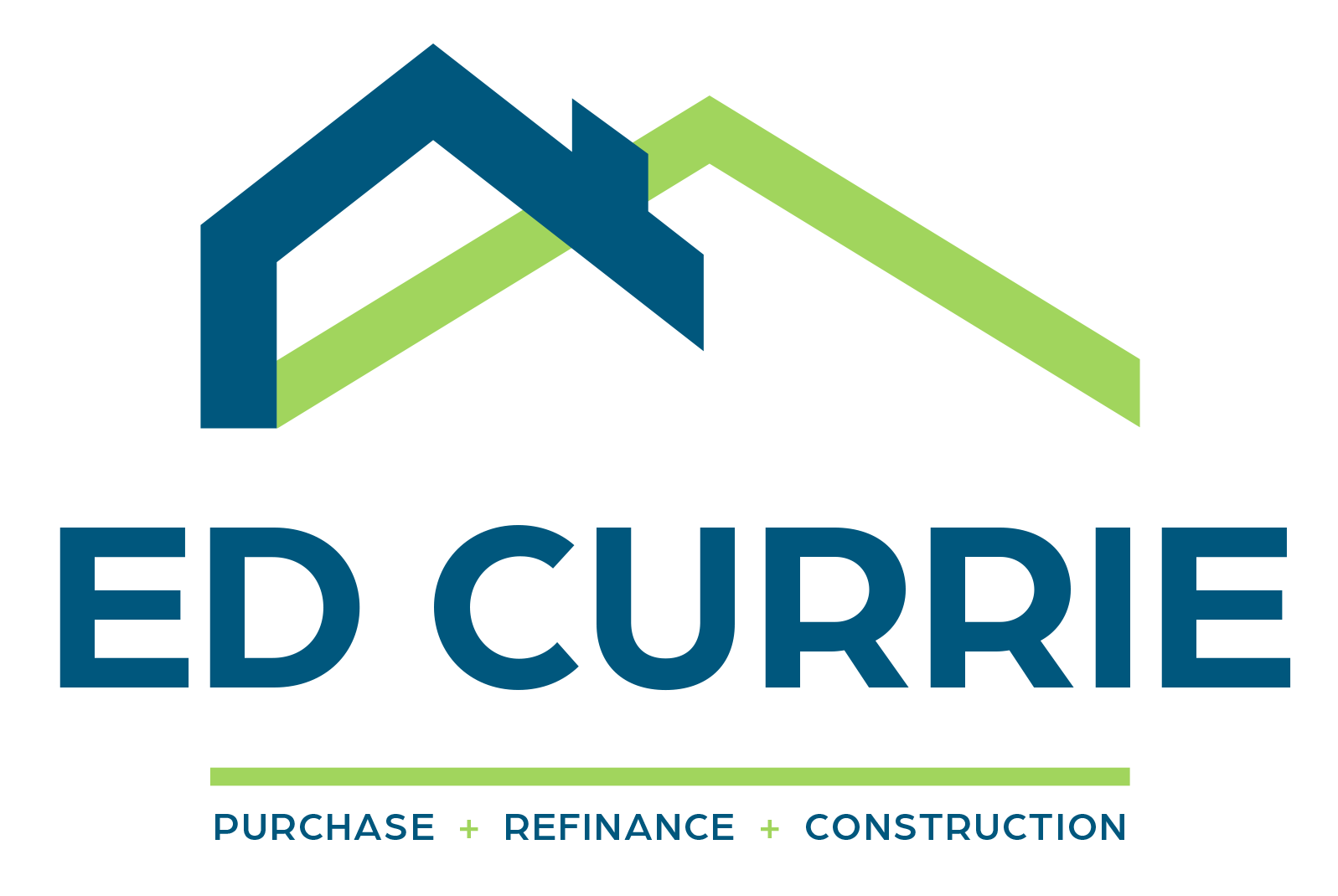- Understanding the Basics
- Draws and Disbursements
- Interest Rates and Terms
- Project Plans and Budgeting
- The Importance of a Contingency Fund

Are you dreaming of building your perfect home or embarking on a major renovation project? If so, a construction loan might be a crucial step in making that dream a reality. Unlike traditional mortgages, construction loans come with their own set of rules and requirements. Here are five essential things you need to know about construction loans.
1. Understanding the Basics
Construction loans are short-term, higher-interest loans used to finance the building of a new home or major renovations. Unlike a traditional mortgage, which provides a lump sum of money to buy an existing property, a construction loan disburses funds in stages, based on the progress of the construction. This means you’ll receive funds incrementally as different phases of the project are completed.
2. Draws and Disbursements
Unlike conventional loans, which provide you with a one-time lump sum, construction loans disburse funds in a series of “draws” or payments. These draws are typically released after specific milestones are achieved, such as completion of the foundation or framing. It’s important to work closely with your lender to understand the draw schedule and ensure that you have adequate funds to cover each stage of construction.
3. Interest Rates and Terms
Construction loans usually come with higher interest rates compared to traditional mortgages. This is due to the increased risk lenders take on when financing a project that doesn’t yet exist. Additionally, these loans are often short-term, ranging from 6 months to a year. Upon completion of the construction, you’ll need to either pay off the loan or convert it into a traditional mortgage, known as a “construction-to-permanent” loan.
4. Project Plans and Budgeting
Before you even apply for a construction loan, you’ll need a detailed set of plans and a realistic budget. Lenders typically require a comprehensive construction plan and a breakdown of costs to ensure the project is feasible and financially sound. Be prepared to provide these documents, along with estimates from contractors, to support your loan application.
5. The Importance of a Contingency Fund
Construction projects often encounter unforeseen expenses. To safeguard against unexpected costs, it’s wise to set aside a contingency fund. This extra cushion can help you manage any surprises that arise during construction without derailing your project. Lenders may also require a contingency fund as part of the loan agreement to ensure you can cover potential overruns.
Understanding these key aspects of a construction loan will help you approach your project with confidence. By being informed and prepared, you can turn your vision into reality and build the home of your dreams.
Feel free to reach out to our team if you have any questions about construction loans or need assistance with your project. We’re here to help!




![EdCurrie_Logo White[Transparent] EdCurrie_Logo White[Transparent]](https://edcurrie.com/wp-content/uploads/elementor/thumbs/EdCurrie_Logo-WhiteTransparent-qybu3sjgpfhje9098uitv7fpt7os2hgn52gfy6ocx4.png)